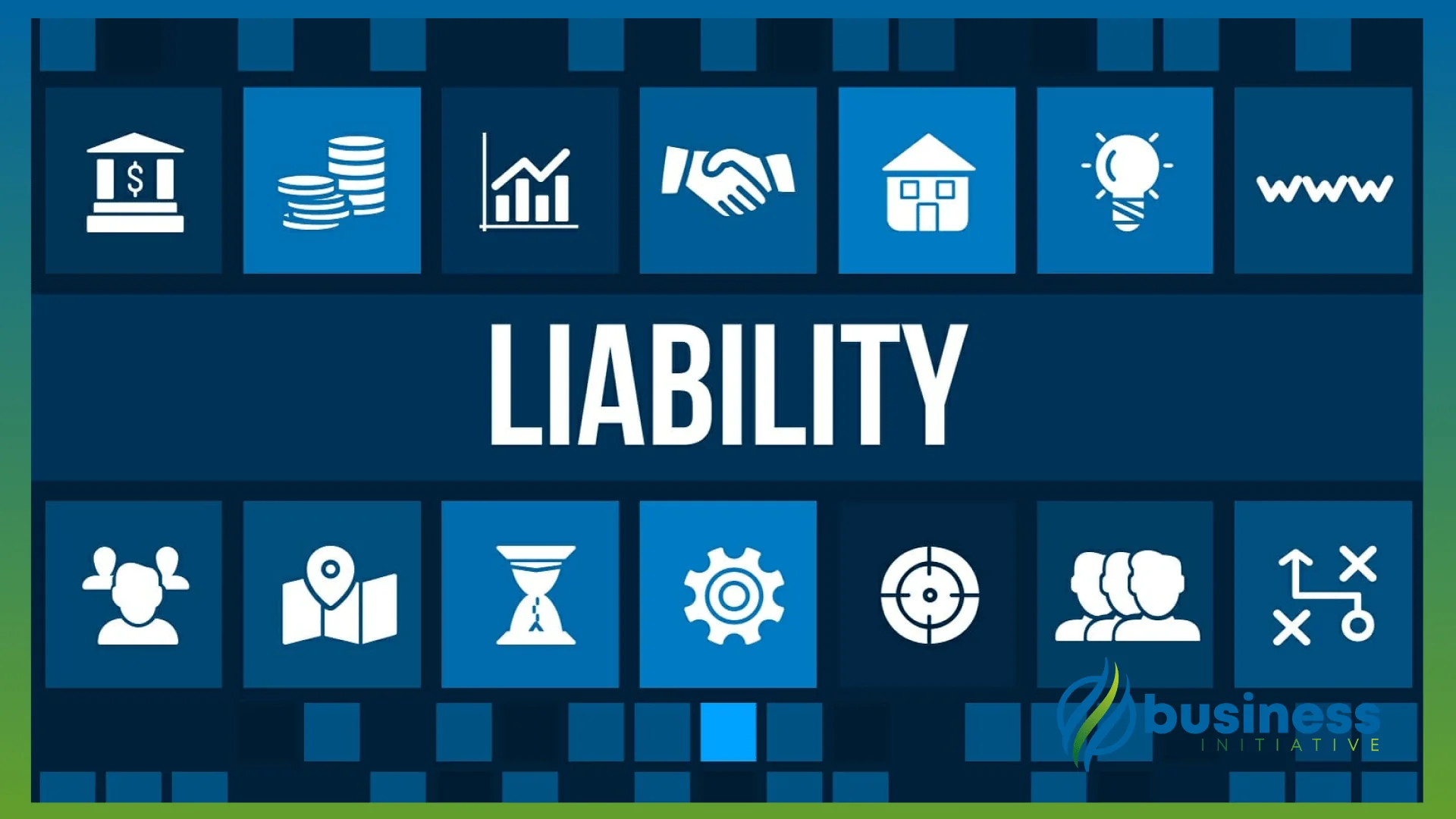You need legal protection.
But you don’t know which structure fits. You see different options. Different protection levels. Different complexity.
The protection ladder shows you the levels.
Each rung offers more protection. More complexity. More cost. You choose based on your risk and growth.
This guide shows you the ladder.
Protection levels. Complexity levels. Cost levels. Risk assessment. Growth planning. Your choice.
Read this. Assess your risk. Choose your level.
 Key Takeaways
Key Takeaways
- The protection ladder has five levels: sole proprietorship (no protection), basic LLC (good protection), S-Corp LLC (good protection + tax benefits), corporation (strong protection), and corporation with insurance (maximum protection)
- Each level adds more protection, complexity, and cost—choose the level that matches your actual risk, not the maximum possible protection
- Low-risk businesses (consulting, services) can start with basic LLC—high-risk businesses (products, professional services) need stronger protection
- Growth plans matter—businesses seeking investment need corporations, while lifestyle businesses can stay at LLC level
- You can move up the ladder as your business grows—start with appropriate protection, upgrade when risk or needs increase
 Table of Contents
Table of Contents

Why a Ladder
A ladder shows progression.
What happens if you only see options:
- Hard to compare protection levels
- Unclear which fits your situation
- Over-engineering or under-protecting
- Wrong choice for your risk
What happens if you see a ladder:
- Clear progression of protection
- Easy to find your level
- Match protection to risk
- Right choice for your situation
The solution: See the ladder. Assess your risk. Choose your level.
Level 1: Sole Proprietorship
Protection Level: None
Complexity: Minimal
Cost: None
What you get:
- No formation required
- No ongoing compliance
- Simple tax reporting
- No protection
What you risk:
- Personal assets exposed
- Personal liability for all business debts
- No separation between personal and business
- Everything at risk
Who it fits:
- Testing business ideas
- Very low-risk activities
- Minimal operations
- Temporary situations
Pro tip: Sole proprietorships offer no protection. Only use for testing or very low-risk situations. See our liability risk guide for what’s at risk.

Level 2: Basic LLC
Protection Level: Good
Complexity: Moderate
Cost: Low-Moderate
What you get:
- Liability protection for personal assets
- Pass-through taxation
- Flexible management
- Moderate compliance
What you risk:
- Business assets still at risk
- Limited protection if veil pierced
- Moderate compliance burden
- Not investor-friendly
Who it fits:
- Most small businesses
- Low to moderate risk
- Owner-funded businesses
- Lifestyle businesses
Pro tip: Basic LLCs offer good protection for most businesses. They’re the sweet spot for protection and simplicity. See our comparison guide for details.
Level 3: S-Corp LLC
Protection Level: Good
Complexity: Moderate-High
Cost: Moderate-High
What you get:
- Same protection as basic LLC
- Tax savings from S-Corp election
- Reduced self-employment taxes
- More complex compliance
What you risk:
- Added compliance complexity
- Payroll processing required
- Reasonable compensation rules
- Higher costs
Who it fits:
- Businesses with significant profits
- Profits above reasonable salary
- Willing to handle complexity
- Tax optimization priority
Pro tip: S-Corp elections add tax benefits but increase complexity. Only worth it if profits justify. See our S-Corp guide for when it makes sense.

Level 4: Corporation
Protection Level: Strong
Complexity: High
Cost: High
What you get:
- Strongest liability protection
- Investor-friendly structure
- Stock options for employees
- Professional credibility
What you risk:
- Double taxation (unless S-Corp)
- High compliance burden
- More expensive
- More complex operations
Who it fits:
- Businesses seeking investment
- High-growth companies
- Businesses with employees
- Professional credibility needs
Pro tip: Corporations offer the strongest protection and are investor-friendly. Worth the complexity if you’re seeking investment or need maximum protection. See our comparison guide for details.
Level 5: Corporation + Insurance
Protection Level: Maximum
Complexity: Very High
Cost: Very High
What you get:
- Strongest entity protection
- Additional insurance protection
- Layered defense strategy
- Maximum coverage
What you risk:
- Very high costs
- Complex compliance
- Multiple systems to maintain
- May be overkill for some
Who it fits:
- High-risk businesses
- Professional services
- Product businesses
- Maximum protection needs
Pro tip: Adding insurance to a corporation creates layered protection. Only necessary for high-risk businesses. See our corporate veil guide for maintaining protection.

Assess Your Risk
Use this framework to assess your risk level:
Low Risk
Characteristics:
- Service business
- Consulting or advice
- Low-value contracts
- Minimal physical operations
Examples:
- Freelance writing
- Virtual assistance
- Online coaching
- Low-risk consulting
Protection needed: Level 2 (Basic LLC)
Moderate Risk
Characteristics:
- Standard service business
- Moderate-value contracts
- Some physical operations
- Standard business activities
Examples:
- Marketing agency
- Web design
- Standard consulting
- Service providers
Protection needed: Level 2-3 (Basic LLC or S-Corp LLC)
High Risk
Characteristics:
- Product business
- Professional services
- High-value contracts
- Physical operations
- Liability exposure
Examples:
- Manufacturing
- Medical services
- Legal services
- Product sales
Protection needed: Level 4-5 (Corporation or Corporation + Insurance)
Pro tip: Assess your actual risk, not worst-case scenarios. Most businesses are low to moderate risk and can start with Level 2.
Choose Your Level
Use this decision framework:
Step 1: Assess Your Risk
What to do:
- Review risk assessment framework
- Identify your risk level
- Consider your specific situation
- Be realistic about exposure
Why it matters: Risk level determines minimum protection needed.
Step 2: Consider Your Growth Plans
What to do:
- Are you seeking investment? → Level 4+
- Are you building a lifestyle business? → Level 2-3
- Are you planning to scale? → Level 3-4
- Are you staying small? → Level 2
Why it matters: Growth plans affect structure choice.
Step 3: Evaluate Your Capacity
What to do:
- Can you handle high compliance? → Higher levels possible
- Do you want simplicity? → Lower levels better
- Can you afford higher costs? → Higher levels possible
- Do you need to minimize costs? → Lower levels better
Why it matters: Capacity determines what’s practical.
Step 4: Make Your Choice
Decision rule:
- Low risk + Lifestyle business → Level 2 (Basic LLC)
- Low risk + Investment plans → Level 4 (Corporation)
- Moderate risk + Tax optimization → Level 3 (S-Corp LLC)
- High risk + Investment plans → Level 5 (Corporation + Insurance)
Pro tip: Start at the appropriate level. You can move up the ladder as your business grows. See our entity decision quiz for quick guidance.
Your Next Steps
Assess your risk. Choose your level. Form your entity.
This Week:
- Review this protection ladder
- Assess your risk level
- Consider your growth plans
- Choose your protection level
This Month:
- Form your entity at chosen level
- Set up proper compliance
- Maintain protection
- Plan for future upgrades if needed
Going Forward:
- Monitor your risk level
- Reassess as business grows
- Upgrade protection if risk increases
- Maintain compliance at your level
Need help? Check out our liability risk guide for risk assessment, our comparison guide for structure details, and our entity decision quiz for quick choice.
Stay informed about business strategies and tools by following us on X (Twitter) and signing up for The Initiative Newsletter.
Sources & Additional Information
This guide provides general information about protection levels. Your specific situation may require different protection.
For liability risk assessment, see our Liability Risk Guide.
For structure comparisons, see our Comparison Guide.
For entity decision guidance, see our Entity Decision Quiz.
Consult with legal and tax professionals for advice specific to your situation.


